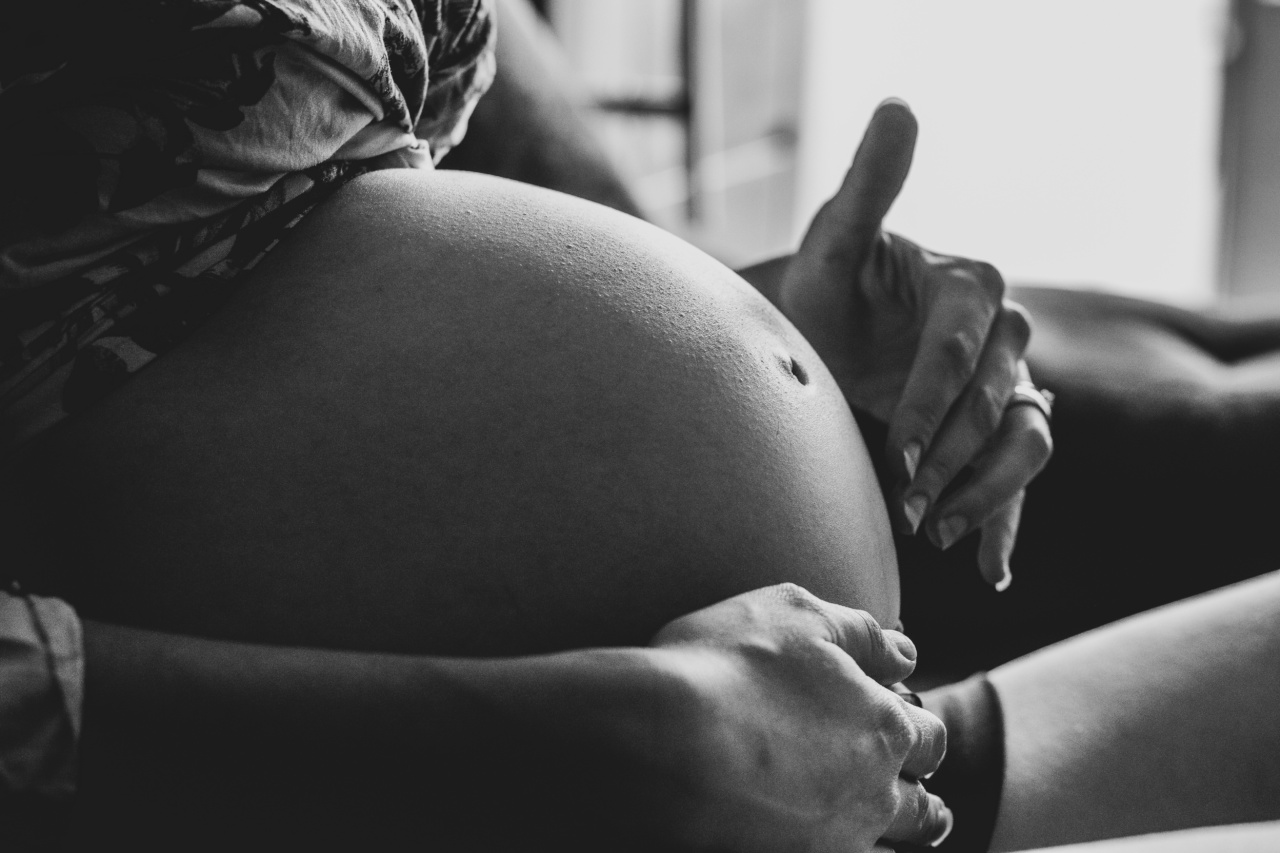Pregnancy is a remarkable journey that brings immense joy and fulfillment to women who are blessed with this beautiful experience. As a woman’s body carries and nurtures new life, numerous changes occur, both internally and externally.
One of the most distinctive transformations that take place during pregnancy is the expansion of certain body parts to accommodate the growing baby. In this article, we will explore the top 8 body parts that expand during pregnancy, elaborating on the physiological changes and the purpose they serve in nurturing the developing fetus.
1. Uterus
The uterus, commonly referred to as the womb, expands significantly during pregnancy. It starts out as a small, pear-shaped organ, but as the fetus grows, the uterus stretches and expands to accommodate the growing baby.
This remarkable organ can expand up to 500 times its original size during pregnancy, providing a safe and nurturing environment for the baby to develop.
2. Breasts
During pregnancy, a woman’s breasts prepare for the important task of breastfeeding. As a result, they undergo significant enlargement and become more tender and sensitive.
The breasts increase in size as the milk-producing glands mature, and blood flow to the area increases. This expansion is an essential adaptation that allows the mother to produce and store milk to nourish her newborn baby.
3. Abdomen
The abdomen experiences considerable expansion during pregnancy as the baby grows. The growing uterus pushes against the abdominal wall, causing it to stretch and accommodate the increasing size of the developing fetus.
As a result, the abdomen gradually expands and takes on a rounded shape. Additionally, the abdominal muscles may separate, a condition known as diastasis recti, to make space for the growing womb.
4. Hips and Pelvis
As the body prepares for childbirth, the hips and pelvis undergo changes to make the process easier.
Hormonal changes during pregnancy cause the ligaments in the pelvis to relax, allowing the bones to shift and make more space for the baby to pass through the birth canal. This widening of the hips and pelvis helps facilitate a smoother delivery by providing the needed room for the baby to descend through the birth canal.
5. Blood Volume
During pregnancy, a woman’s blood volume increases to support the growing baby. The body produces approximately 50% more blood to ensure an adequate supply of oxygen and nutrients to both the mother and the fetus.
This increase in blood volume contributes to the expansion of various body parts, such as the breasts and uterus, as well as the overall weight gain experienced during pregnancy.
6. Feet and Ankles
Many women notice that their feet and ankles swell and expand during pregnancy, especially during the later stages. This phenomenon, known as edema, occurs due to increased fluid retention and pressure on blood vessels caused by the growing uterus.
Hormonal changes and the weight gain associated with pregnancy also contribute to this expansion. Wearing comfortable, supportive shoes and elevating the feet can help alleviate discomfort and reduce swelling.
7. Vagina and Vulva
As labor approaches, the vagina and vulva also undergo changes in preparation for childbirth. The increased blood flow to the pelvic region can cause the labia and vulva to swell and become more sensitive.
These changes facilitate the stretching and opening of the birth canal during delivery.
8. Skin
Pregnancy often brings about changes in the skin due to hormonal fluctuations and stretching of various body parts. Stretch marks, a common concern for many pregnant women, occur as the skin rapidly stretches to accommodate the growing baby.
Additionally, hormonal changes can cause an increase in oil production, leading to acne or changes in pigmentation, such as the formation of a dark line down the center of the abdomen known as the linea nigra.
Overall, pregnancy is a transformative period that brings about remarkable changes in a woman’s body. The expansion of these eight body parts serves vital purposes in supporting the growth and development of the baby.
Embracing these changes as a natural part of the pregnancy journey can help women appreciate the incredible process their bodies undergo to bring new life into the world.




























